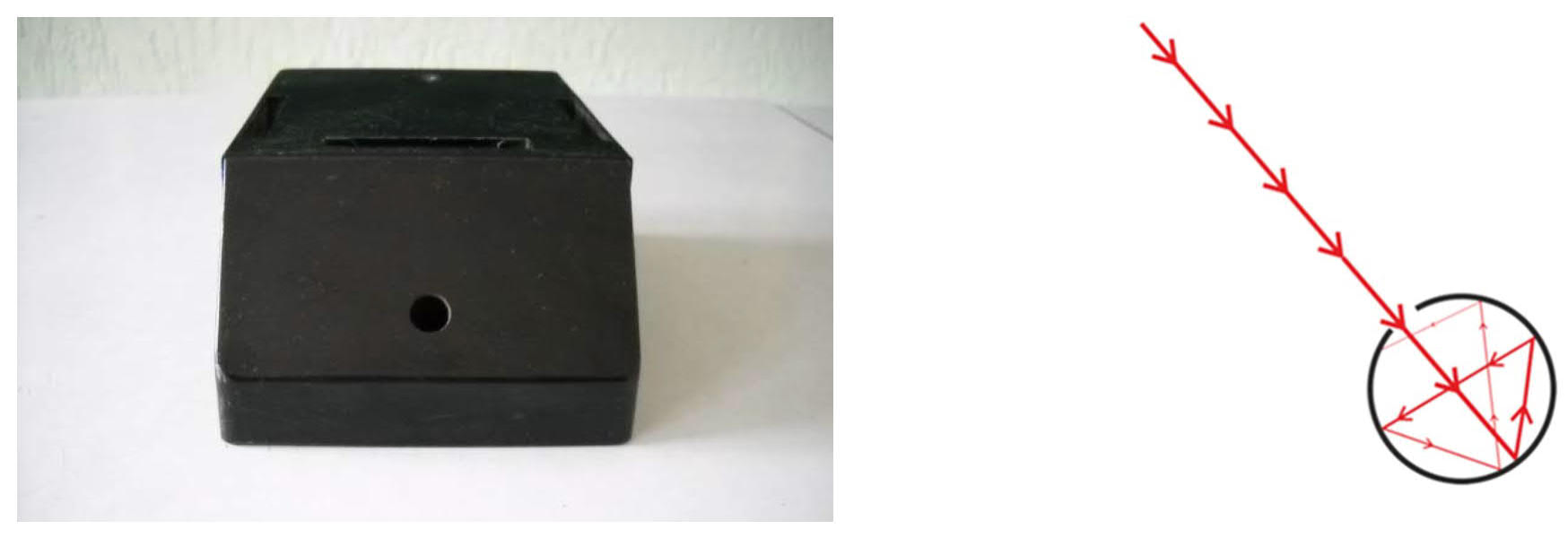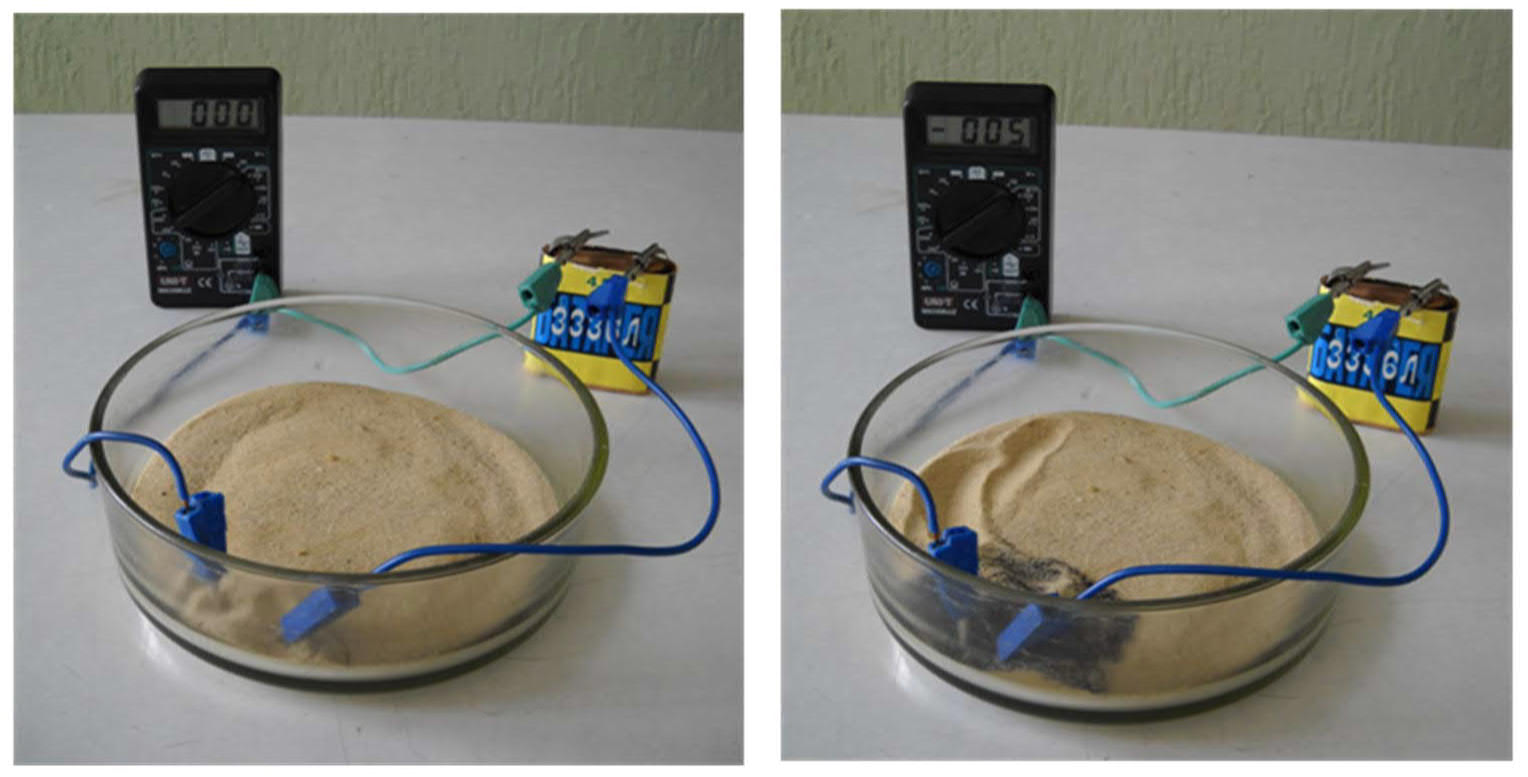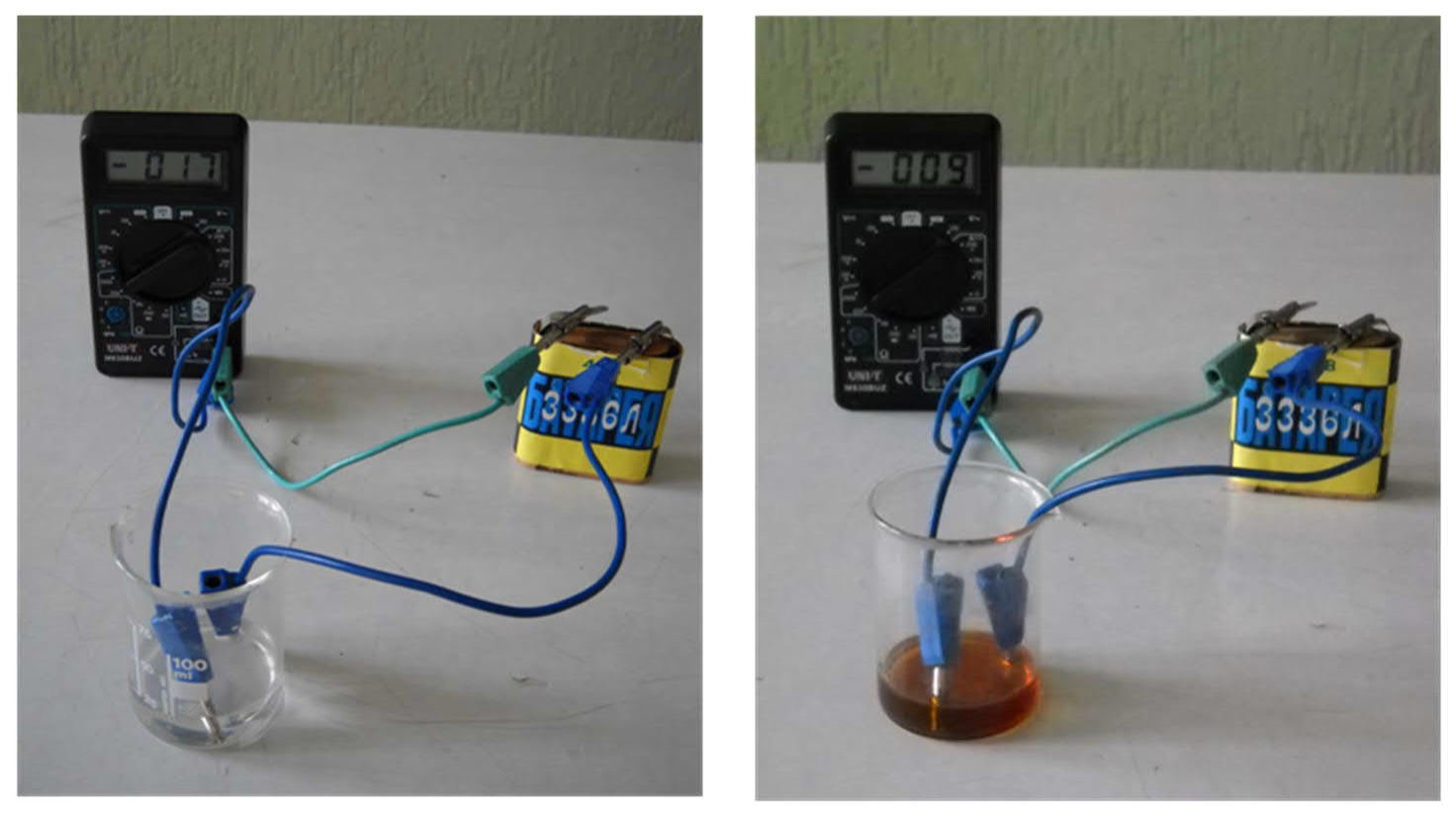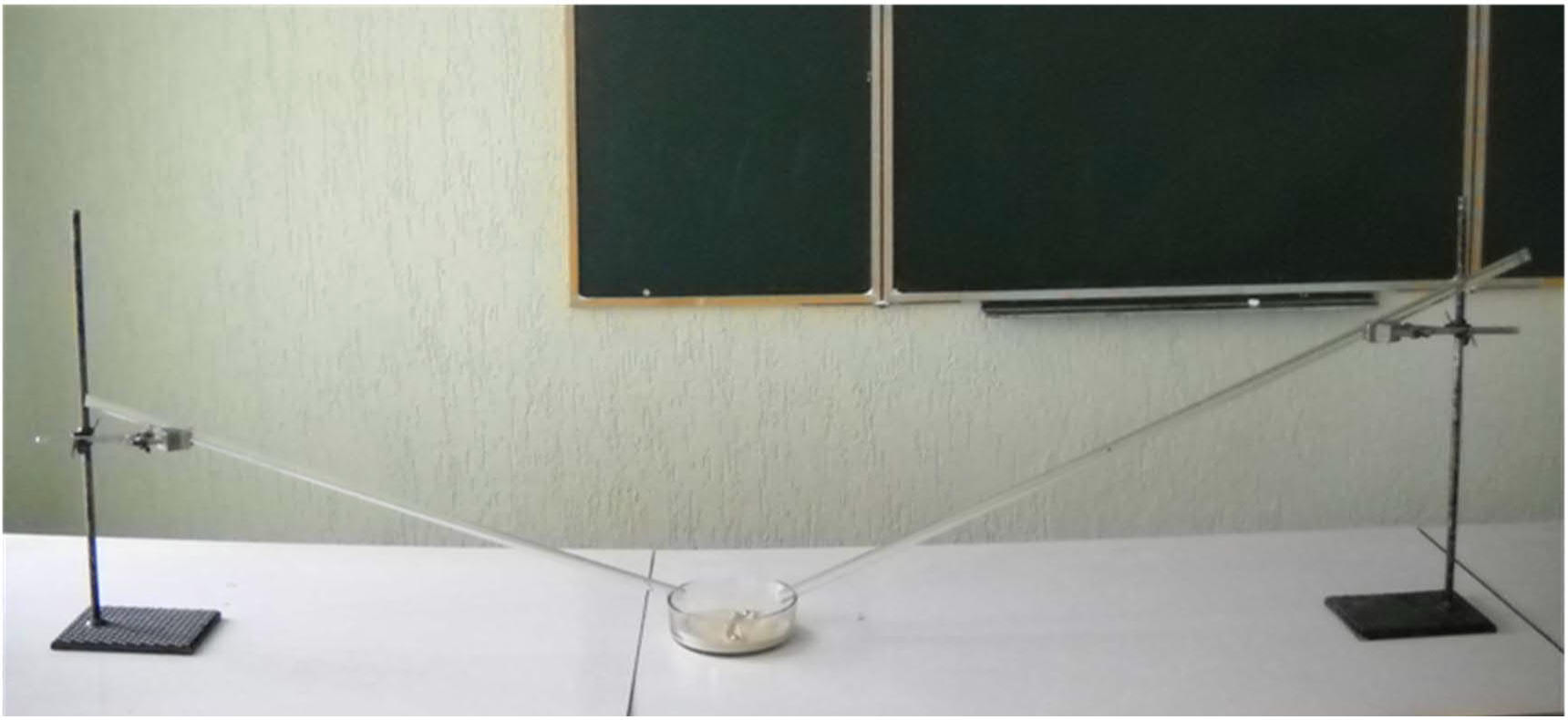Asia-Pacific Forum on Science Learning and Teaching, Volume 19, Issue 2, Article 15 (Dec., 2018) |
In 1687, the English scientist Isaac Newton (1642-1726) gave a theoretical justification of modeling method in Mathematical Principles of Natural Philosophy (Book II, Section VII). Scientists discovered a number of physics laws with using thought experiments. The thought experiments of Italian scientist Galileo Galilei (1564-1642) led to the discovery of the law of inertia. Isaac Newton used the thought experiment for the hypothesize that the force of gravity was universal, and it was the key force for planetary motion. The Schrodinger's cat is the thought experiment, which devised by Austrian physicist Erwin Schrodinger (1887-1961) in quantum mechanics for explanation random subatomic event that may or may not occur.
There are many definitions of the term "model". Ford noted that "a model is a substitute for a real system; models are used when it is easier to work with a substitute than with the actual system" (Ford, 2009, p.1). In this case, the model is used when the direct study of the object presents considerable difficulty or impossible.
Rogers (2012) argued that although modeling is a central component of modern science, scientific models at best are approximations of the objects and systems that they represent – they are not exact replicas. Thus, "scientists spend a great deal of time building, testing, comparing and revising models" ( Frigg and Hartmann, 2012). Shtoff (1966) formulated such requirements for creation of scientific models as visibility; elements of abstraction; elements of science fiction; using of analogies; elements of hypothesis. Kalapusha (1970) argued that scientific models are the result of the creative imagination of scientists, and this provision applies to learning models (p.103).
Modeling method in physics teaching
Maxwell (1925) believed that "physical science is that department of knowledge which relates to the order of nature, or, in other words, to the regular succession of events " (p.1) . In this sense, physics is a natural science which study various physical phenomena. Physics concepts are used for explanation of physical phenomena, and they interconnected by physical laws." Theories formulate laws that apply to experience" (Weizsäcker, 2006, p.1). Since "physics is based on experience" (Weizsäcker, 2006, p.1) then physical laws form physical theories. In this way, we proposed the general structure of physics teaching (Figure 1).
Figure 1. The general structure of physics teaching
Treagust et al. (2002) noted "teachers use models as aids to help explain scientific phenomena and students often make their own models of scientific phenomena to display their understanding" (p.357). There are different types of learning models. Harrison and Treagust (2000) presented a conceptual typology of school scientific models. All presented learning models are related with analogical models. Teachers can systematically integrate analogies in physics teaching (Harrison and Treagust, 1993). On the pedagogical use of analogies, Jonāne (2015) comments, "the purposeful use of appropriate analogies can facilitate analogical thinking and transfer skills, as well as develop abilities which are required for life and lifelong learning, including successful integration into modern society and facility within our technology saturated world" (p.53).
According to Akçay (2016), "analogies have potential to aid in understanding of new knowledge by highlighting similarities between existing known concepts (the analog) and new information (the target)" (p. 1841). In this sense, the analogical model is a method of representing the target in understandable form using by material or iconic elements. Material models include material elements which interact appropriately. Signs are the elements of thought model. Therefore, we harmonize with the opinion of Kalapusha (1982), who defined two main types of leaning models in physics teaching: material model and thought model. Based on these approaches, we propose to use the material and thought models for explanation of physical phenomena, concepts, laws and theories.
The examples of learning models
Explanation of physical phenomena
Why the hare changes its color in the winter? There are many examples of camouflage in the animal world. Animals of desert have mostly yellow color, and animals of North have white color. The animals change their color according to changes of the surroundings. It is known that the Arctic hare turn from grey-brown to white in the winter, which makes its inconspicuous on snow. The color helps it avoid predators.
We use an experiment for explanation of camouflage. Initially we place the gray cardboard on a white sheet of paper, and then this gray cardboard we place on a piece of dark cardboard (Figure 2). In the first case, white paper reflects light better than gray cardboard. Therefore, cardboard is dark on a light background. In the second case, the dark cardboard reflects light worse than gray cardboard. So, gray cardboard is bright on a dark background.
Figure 2. Explanation of camouflage
Explanation of physics concepts
The absolutely black body (or black body) is an idealized model of the body, which completely absorbs all incident light radiation by any wavelength at any temperature. The thought model of the black body is a cavity of arbitrary shape, which contains a small hole and has nontransparent walls. Light beams that hit the cavity are completely absorbed during the multiple reflections from the walls of the cavity. According to these descriptions, we created the material model of black body. We used a dark box with a small hole (Figure 3, left). The light beam enters in cavity and reflected many times. Therefore, the light beam does not come out of the cavity. In this case, the hole is blacker than the dark box. The small cavity is the material model of black body.
We created some thought models in e-learning of quantum physics in a Moodle (Korsun, 2017a, pp. 130-132). The programs Corel DRAW X6 and Easy Gif Animator have been used to the creation of thought model. Designed animation comprises a set of images (Figure 3, right) that are reproduced over a certain period of time. The cavity is unchanged in each picture. A ray of light that falls into the cavity is always shifted by the same distance closer to the hole (red light beam in Figure 3, right). When the beam enters the cavity, after multiple reflections, its thickness reduces as each reflection beam becomes thinner. After that, all images were loaded into the program Easy Gif Animator. We set the size of the animation in percentage. Then we set a few milliseconds between each picture transition. We saved it with the extension Gif. Animations can be saved with the extension AVI – video format.
Figure 3. The material model (left) and thought model (right) of black body
If the black body was heated to a high temperature, then the small hole in the cavity will be as a radiation of absolutely black body (or black body radiation). Scientists believe that the radiation of the Sun (Figure 4, left) is similar to radiation of black body. The thought model of black body radiation (Figure 4, right ) was created in a similar way as the thought model of black body. The thought models of black body and black body radiation enable students to better understand the laws of thermal radiation (e.g., Stefan - Boltzmann law, Wien 's displacement law ).
Figure 4. Sun is a black body radiation: real object (left) and thought model (right)
Explanation of physical laws
It is known that Ohm's law is written as I = V/R (1), where I is the current through the conductor in units of amperes, V is the voltage measured across the conductor in units of volts, and R is the resistance of the conductor in units of ohms.
We propose two material models for understanding of the Ohm 's law. The using of learning models in physics teaching demonstrates link between theory and practice ( Korsun, 2017b). In our case, these models help to understand the some methods of minerals search. We use 4.5 volt battery as a voltage source V. These batteries are common "household" items, but it is necessary to observe the safety rules when handling them.
Search for iron ore (material model). The jar with sand is a model of earth's surface (Figure 5). Metal filings are the models of iron ore in the earth's surface. We place two electrodes at a distance from each other, and we determine the current strength in some area. Ammeter not recorded an electric current I at the absence of metal filings in sand, because the electrical resistance R of sand has large value (see Ohm's law). Ammeter recorded an electric current I during the presence of metal filings in sand, because the metal filings reduced the electrical resistance R of sand. Therefore, value of current will depend on the availability of iron ore in earth's surface.
Figure 5. Electric current flows on a circle at the presence of iron ore in the earth's surface
Search for petroleum (material model). It is known that electrical resistance R of "petroleum" sands is greater than the electrical resistance of "aqueous" sands. Researchers determine the electrical resistance by using two electrodes. The beaker with saltwater is a model of "aqueous" sand, and beaker with oil is a model of "petroleum" sand (Figure 6). In this way, electric current I through "aqueous" sand larger than through "petroleum" sand (see Ohm's law).
Figure 6. "Aqueous" sand (left) and "petroleum" sand (right)
Explanation of physical theories
In 2012, scientists opened by using Large Hadron Collider (LHC) a particle similar to the Higgs boson, which is the only missing link of Standard Model. According to Hobbs(2017), "the Higgs boson produces a field that interacts with particles and gives them mass". The Standard Model explains how the basic building blocks of matter interact, governed by four fundamental forces. In this way, "the theories and discoveries of thousands of physicists since the 1930s have resulted in a remarkable insight into the fundamental structure of matter: everything in the universe is found to be made from a few basic building blocks called fundamental particles, governed by four fundamental forces" ("The Standart Model").
LHC is an accelerator of charged particles (e.g., protons). Scientists recorded the process of particle's collision. For material model of LHC (Figure 7) we use the following equipment: two tripods, two long glass tubes with thick walls (models of LHC interconnection), two metal balls (models of particles), a jar with sand (model of particle detector). The traces of balls' collision on sand has been recorded (Figure 8). Note: many sub-atomic particles were created during particle collision, but proposed material model of LHC does not demonstrate this effect.
Figure 7. Material model of LHC
Figure 8. Material model of particle detector
The quasi-experimental design is used in this study. It is known that naturally occurring variables are measured within quasi experiments (Morgan et al., 2000). The modeling method correct many weaknesses of the lecture-demonstration method of instruction typically seen in STEM classrooms. These weaknesses include the fragmentation of knowledge, student passivity, and the persistence of incorrect beliefs about the physical world ("The Modeling Method: A Synopsis"). In this sence, our study discusses on the basis of the hypothesis: the use of learning models in physics teaching will improve the students' understanding of educational material.
Experiment was conducted by author of article in the Physics and Mathematics Faculty of Ternopil Volodymyr Hnatiuk National Pedagogical University (Ukraine) during 2016-2017 academic year. Two academic groups are treated as an experimental group (EG) that consists of 32 students; the other two academic groups are treated as a control group (CG) that consists of 35 students. The analysis of students' academic achievement confirmed that the level of learners' knowledge in experimental group and control group was approximately the same at the beginning of the experiment .
Chapman and Blemings (2006) measured two variables, one being the percentage of students who received a final passing grade, and the other being the percentage of students who received a failing grade or dropped the course. According to this approach, the measurement of quality of students' achievements is used in our study. An assessment of quality of students' achievements in the European Credit Transfer and Accumulation System (ECTS) grading scale ("ECTS Users' Guide") is used in Ukraine. This scale is consistent with the national grading scale, which has such marks as "excellent" (90-100 points), "good" (89-75 points), "satisfactorily" (74-60 points), and "unsatisfactorily" (less than 60 points).
We considered the following evaluation:
1. "unsatisfactorily" and "satisfactorily" indicate a low level of students' understanding of educational material ;
2. "good" indicate an average level of students' understanding of educational material;
3. "perfectly" indicate a high level of students' understanding of educational material.
According to evaluation, the level for each student in control and experimental groups was determined by a pre-test. During the 2016-2017 academic year, the physics teaching in the experimental group was conducted using the material and thought models; and in the control group, the training was conducted without using the learning models. An assessment of students' understanding of educational material in both groups was occurred in a post-test.









